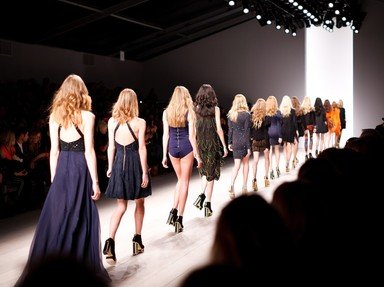Quiz Answer Key and Fun Facts
1. What is the rather self-explanatory meaning of the word "hanbok"?
2. Hanbok as clothing for both men and women can be traced back to the Three Kingdoms of Korea. What was the primary aim of this form of dressing?
3. The upper garment of the hanbok, the "jeogori", is worn by both men and women.
4. The chima, baji and po are all hanbok garments that in English would be called skirt, trousers, and robe or overcoat respectively.
5. Hanbok includes a wide range of accessories, such as headgear, shoes, and jewellery. Which of the following words refers instead to a key component of the traditional costume of another Asian country?
6. One of hanbok's most striking features are its vivid, beautiful colours, chosen according to the "five colours theory" - based in turn on yin/yang theory. What do these five colours represent?
7. Ramie is another essential element of traditional Hanbok clothing. What is ramie?
8. What is the personal significance of patterns embroidered on hanbok?
9. On which of these festive occasions would modern-day Koreans very probably NOT wear hanbok?
10. Although traditional hanbok is no longer used as everyday wear, for quite a few years modern Korean designers have been coming up with their own updated versions of this iconic clothing. One particular cultural phenomenon has had a major role in promoting modern hanbok on the global scene. Which one?
Source: Author
LadyNym
This quiz was reviewed by FunTrivia editor
kyleisalive before going online.
Any errors found in FunTrivia content are routinely corrected through our feedback system.
